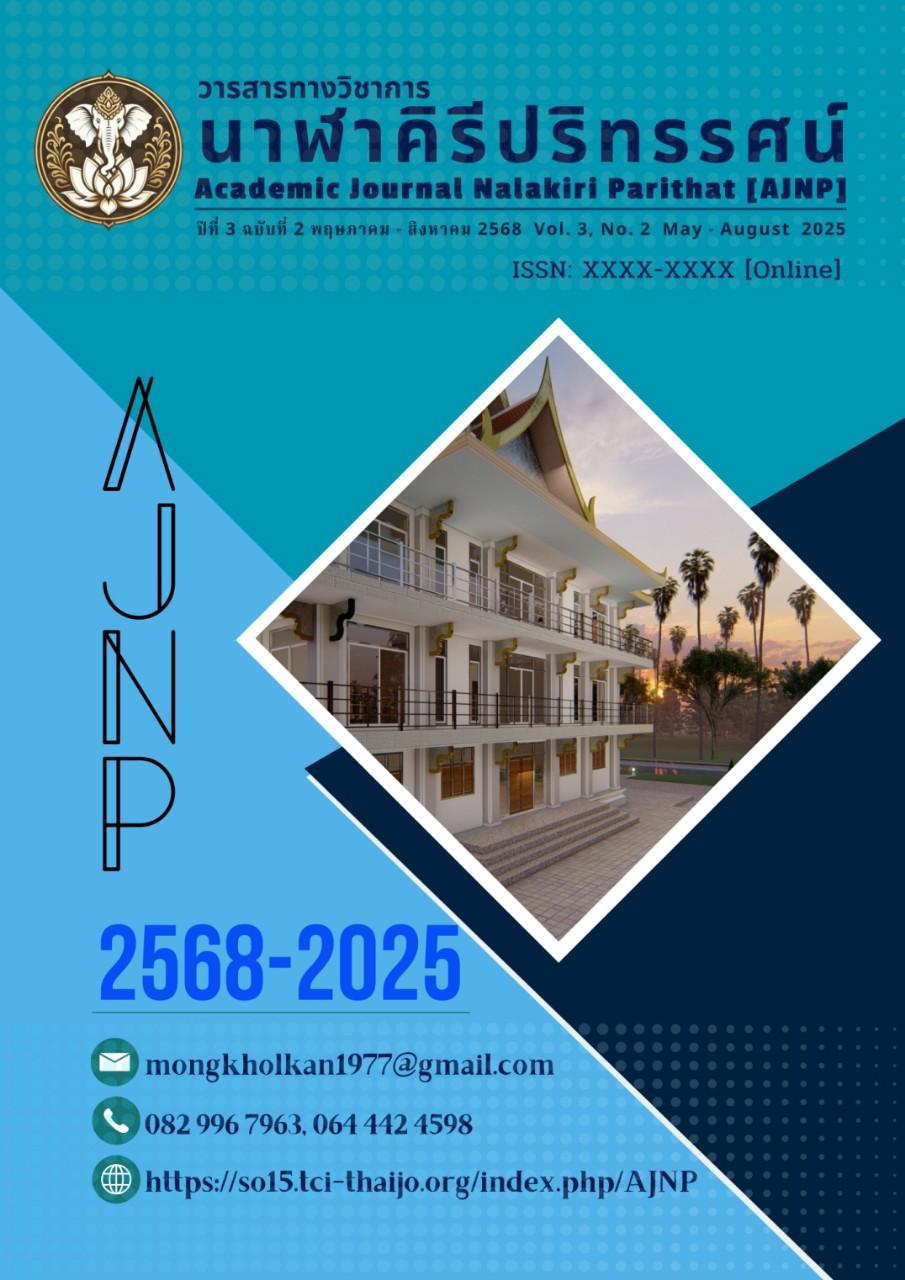COMPARISON OF BRAHMA ACCORDING TO THERAVADA BUDDHISM AND BRAHMAN-HINDUISM
Keywords:
Comparison, Brahma in Theravada Buddhism, Brahma in Brahman-HinduismAbstract
The purpose of this article is to study the comparison, it was found that they have the same meaning, that is, the Brahmas in Theravada Buddhism and Brahman-Hinduism are both gods, enjoy happiness in the same palace, have the same Brahma world as their residence, have the same power, have the same bright aura, have the same physical form, have the same external characteristics, and have the same comfortable life. The different meanings are that the Brahmas in Brahman-Hinduism are great gods, are the gods of mercy, are the creators of everything in the three worlds, there is only one of them, they were born by themselves, have a red body, have four faces, have eight arms, each hand holds a scepter, a rosary, a lotus, a spoon, a bow, a pot of immortality, the Vedas, ride a swan as a vehicle, have a wife named Saraswati, are the creators of the four castes, are the originators of the Vedas, are the fathers of everything in the three worlds, are the writers of human destiny, are one of the Trimurti, have no birth date, no death date, and are immortal.
As for the Brahmas in Theravada Buddhism, they are a type of God who do not indulge in sensual pleasures. They are in great numbers and live in the Brahma realm. They are a type of being with great merit. They were born from humans who had attained the state of meditation. When their life in the Brahma realm ended, they had to go through the cycle of birth and death in samsara according to their karma. They are not immortal, have only one face, two hands, are not the writer of human destiny, are not the creator, are not anyone's father, have no vehicle, and have joy and happiness as their food.
References
พระพรหมคุณาภรณ์ (ประยุทธ์ ปยุตฺโต). (2555). เหนือสามัญวิสัย. กรุงเทพฯ: ไพลิน.
_________. (2559). พจนานุกรมพุทธศาสน์ ฉบับประมวลธรรม. กรุงเทพฯ: ศึกษาเพื่อสันติภาพ.
พระธรรมปิฎก (ประยุทธ์ ปยุตฺโต). (2545). ศาสนากับสังคมไทย. กรุงเทพฯ: สหธรรมิก.
พระพรหมโมลี (วิลาศ ญาณวโร). (2555). วิปัสสนาวงศ์. กรุงเทพฯ: ธรรมอินเทรนด์.
__________. (วิลาศ ญาณวโร). (2541). ภูมิวิลาสินี. กรุงเทพฯ: ดอกหญ้า.
พระสัทธัมมโชติกะ. (2546). ปรมัตถโชติกะ. กรุงเทพฯ: มูลนิธิสัทธัมมโชติกะ.
พระพานิช ญาณชีโว. (2550). ไตรภูมิพระร่วง. กรุงเทพฯ: สหธรรมิก.
พระมหาณรงค์ จิตฺตโสภโณ. (2527). พระไตรปิฎก. กรุงเทพฯ: มหาจุฬาลงกรณราชวิทยาลัย.
พระธรรมกิตติวงศ์ (ทองดี สุรเตโช). (2555). ธรรมสารทีปนี. กรุงเทพฯ: พุทธปรัชญา.
ฟื้น ดอกบัว. (2555). ศาสนาเปรียบเทียบ. กรุงเทพฯ: บูรพาสาส์น.
ธนู แก้วโอภาส. (2542). ศาสนาโลก. กรุงเทพฯ: สุขภาพใจ.
สนั่น ไชยานุกุล. (2519). ปรัชญาอินเดีย. กรุงเทพฯ: มหาจุฬาลงกรณราชวิทยาลัย.
สมัคร ปุราวาส. (2554). ปรัชญาพราหมณ์ในสมัยพุทธกาล. กรุงเทพฯ: สยาม.
สุภัทรดิศ ดิศกุล. (2547). ศาสนาพราหมณ์ในอาณาจักรขอม. กรุงเทพฯ: อมรินทร์พริ้นติ้ง.
สุชีพ ปุญญานุภาพ. (2511). ประวัติศาสตร์ศาสนา. กรุงเทพฯ: รวมสาส์น.
สุจิตรา อ่อนค้อม. (2538). ศาสนาเปรียบเทียบ. กรุงเทพฯ: ดวงแก้ว.
สุจิตต์ วงษ์เทศ. (2549). พลังลาวชาวอีสานมาจากไหน. กรุงเทพฯ: มติชน.
สุนทร ณ รังสี. (2545). ปรัชญาอินเดียประวัติและลัทธิ. กรุงเทพฯ: จุฬาลงกรณ์มหาวิทยาลัย.
Downloads
Published
How to Cite
Issue
Section
License
Copyright (c) 2025 Academic Journal Nalakiri Parithat

This work is licensed under a Creative Commons Attribution-NonCommercial-NoDerivatives 4.0 International License.



